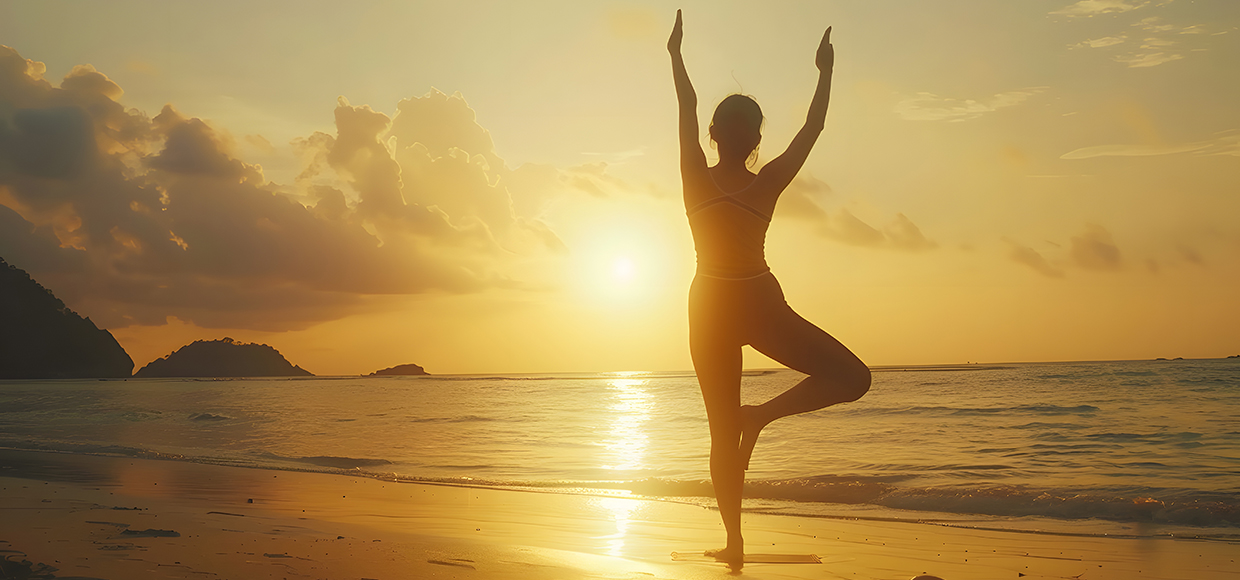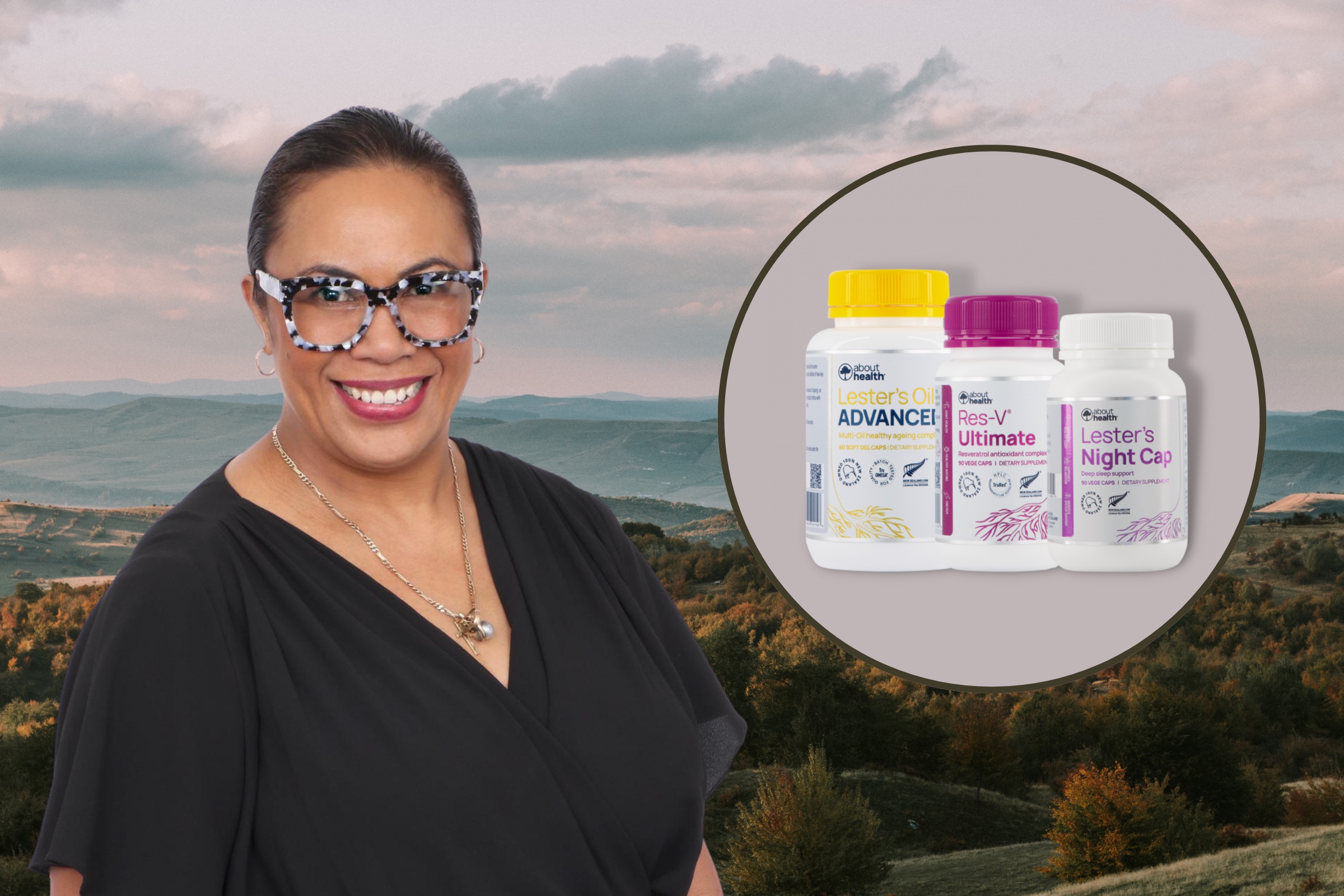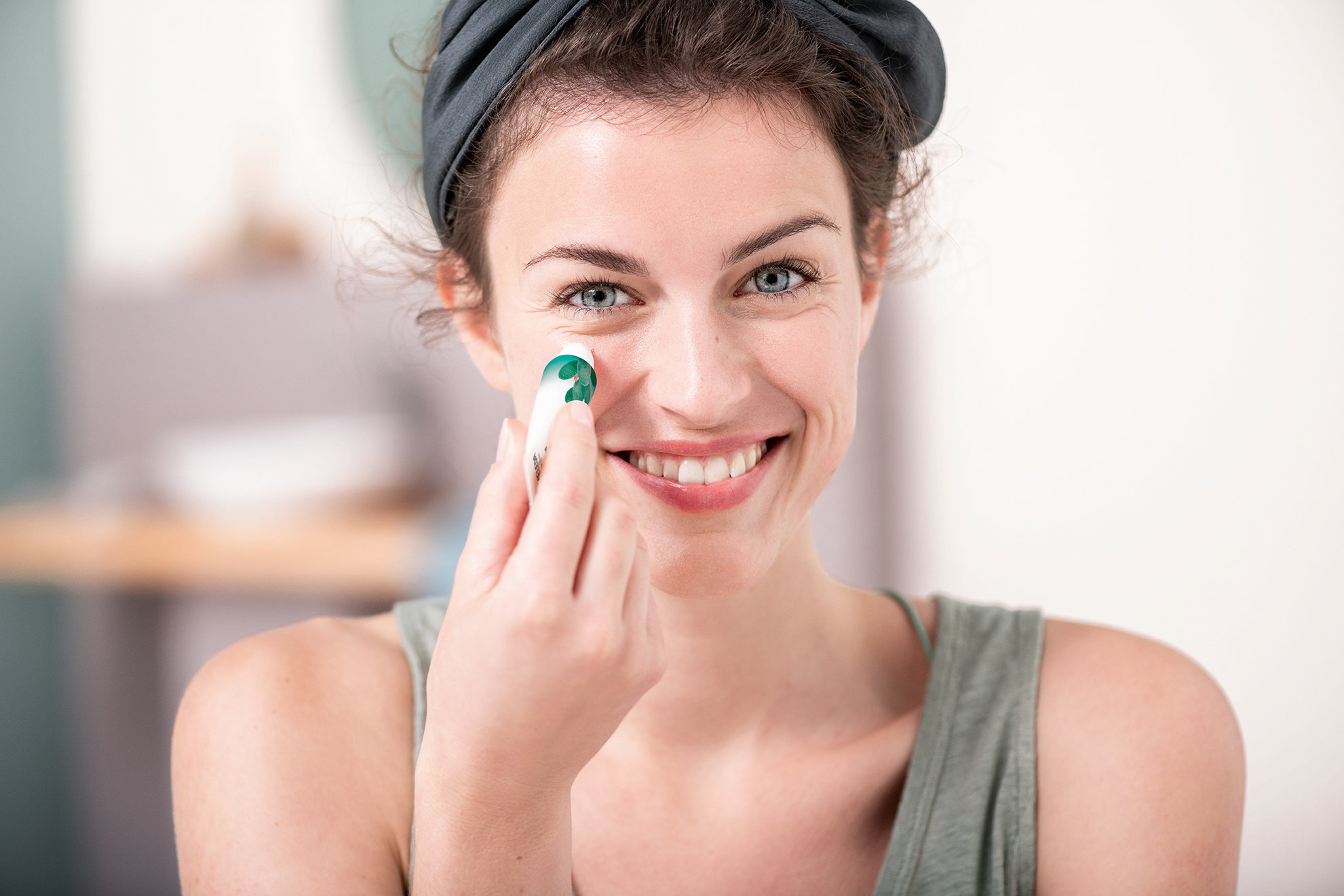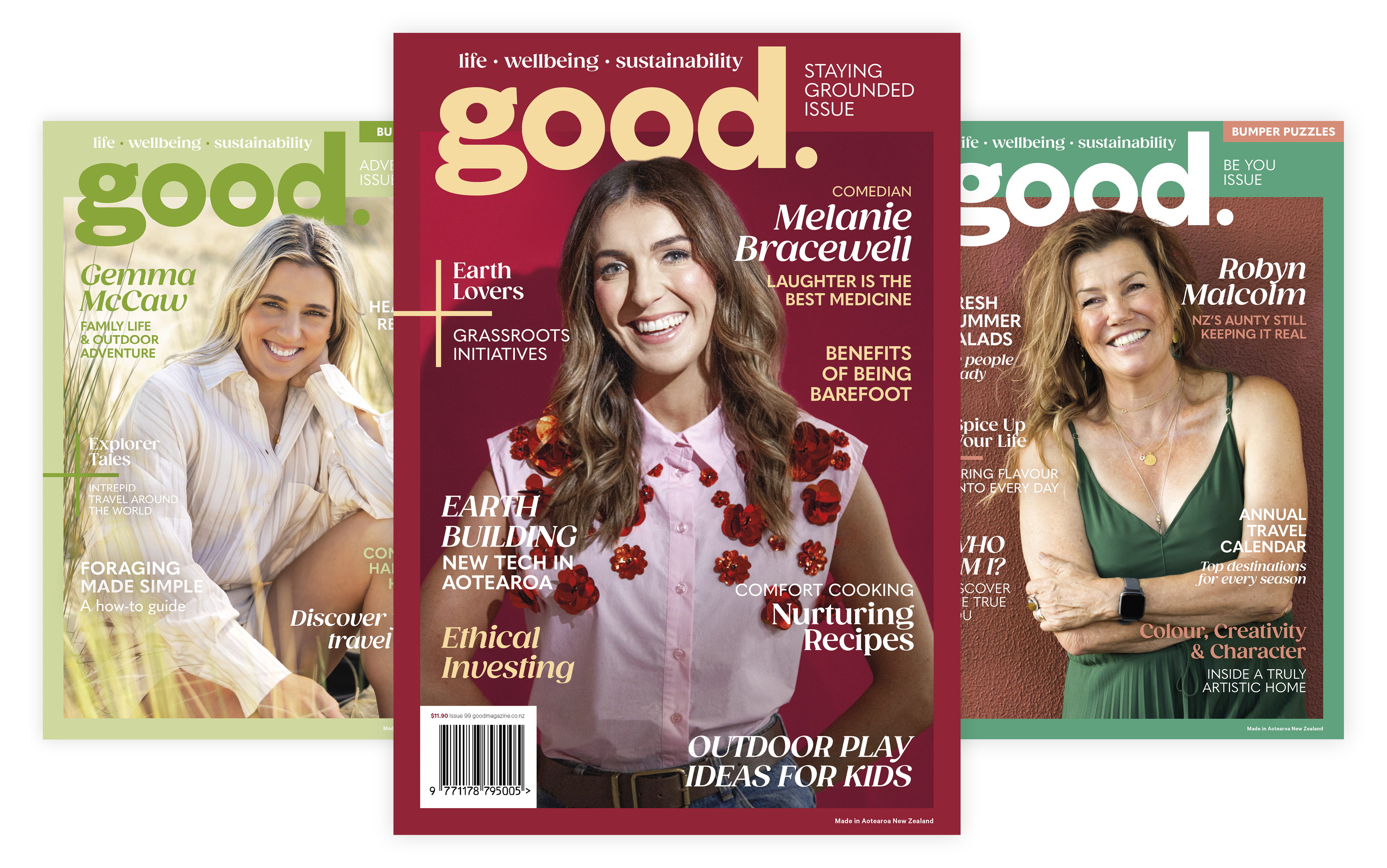When perfume began to trigger her daughter’s asthma, Johanna Knox decided to investigate. She discovered plenty of health concerns over common synthetic perfume ingredients—and an abundance of natural alternatives. Here are five ways to smell divine, without the fumes
When perfume began to trigger her daughter’s asthma, Johanna Knox decided to investigate. She discovered plenty of health concerns over common synthetic perfume ingredients—and an abundance of natural alternatives. Here are five fragrant ways to smell divine, without the fumes

Clockwise from top left: Hedonista, Perfume by Nature, Sharini
1 – The golden age
Between 1880 and the onset of World War II, perfumers worked predominantly with genuine botanical substances—essential oils and plant extracts—adding only minute quantities of newly invented synthetic fragrance compounds. The proportion of synthetic ingredients used by perfume houses has increased steadily over the decades, until natural ingredients are now the ones used in tiny amounts.
British perfumer Alec Lawless crafts fragrances that hark back to that pre-war era. Alec calls it the “golden age of Western perfumery”, and his perfume house, Essentially Me, continues its traditions.
Alec also co-owns Aqua Oleum, a respected supplier of essential oils and other botanicals, which gives him access to the most precious natural ingredients worldwide—and means only the finest ingredients are used in his perfumes. Judicious quantities of synthetics, never amounting to more than one percent of the perfume, are added to enhance “lift” and “radiance”.
Using almost entirely natural ingredients is expensive, but Alec keeps costs down by avoiding marketing and unnecessary packaging. He says consumers of mainstream fragrances would be amazed by how much of what they cost goes to promotion.
www.essentially-me.co.uk (generous samples available)
2 – 100% natural
A tiny but growing number of perfumers use only natural ingredients. Mandy Aftel is a natural perfume pioneer, and while her methods may be traditional her fragrances are quite the opposite. Lumière is an astonishingly elegant and sweet floral, while customer favourite Cacao is sultry, earthy and intriguing, with dominant notes of chocolate, blood orange and jasmine. Mandy sources cacao beans from a top local chocolatier and steeps them with vanilla pods in pure corn alcohol for months. The intensely fragrant tincture is then blended with other ingredients.
If Mandy is the mother of the modern natural perfumery movement, Anya McCoy is its favourite aunt. The founder of Anya’s Garden Perfumes, Anya is known for innovative, award-winning scents— and for her support and mentorship of other natural perfumers.
Anya runs the Natural Perfumers Guild, whose members include Sharini Parfums Naturels in France— which offers a quartet of organic perfumes in beautiful, recycled, handmade packaging—and painterturned- perfumer Dawn Spencer Hurwitz, whose recent Perfumed Court collection is based on perfumes created for French royalty.
Other guild members include the prolific JoAnne Bassett, who created my current olfactory infatuation, Divine Essence 5, and Charna Ethier of the Providence Perfume Co, who sells perfume from a gorgeous website (top seller: Ginger Lily eau de parfum), while revealing the thrills and spills of natural perfumery on her blog.
Many other natural perfumers await discovery online, all offering reasonably priced sample sets.
3 – Antipodean aromas
Down under, perfumers are also making 100 percent natural fragrances.
Not far from Sydney, Ambrosia Jones bestows names like Love Potion and Happiness on her fragrances, which are crafted with concern for each perfume’s effect on the emotions. I’ve tried two of her ‘private reserve’ perfumes, and found them addictive and wearable. Others agree; her business has grown almost entirely by word of mouth.
Here in New Zealand, Christchurch perfumer Sandra Anderson’s perfume house, Hedonista, is wowing locals. For Sandra, perfumery is about enjoying the richly complex fragrances of real flowers, leaves and seeds, rather than one-dimensional imitations. While each Hedonista perfume attracts devotees, the fan favourite is the “wild and sexy” Barbarella.
Francesca Brice, the nose behind successful Wellington-based Pacific Perfumes, recently became enamoured of the possibilities presented by naturals. She’s been beavering away on a new, fully natural range, due for launch in September. She says it celebrates “mossy stones of the streams, hay and tussock grasses in the dryness of summer, deep lakes, strong women, and long memories”.
www.perfumebynature.com.au www.hedonistaperfumery.com www.pacificperfumes.co.nz

Clockwise from top: Absolute Essentials, Aftelier, Pacific Perfumes
4 – Essential oil blends
Essential oils can be affordable alternatives to natural perfumes. Usually designed for their therapeutic and mood-enhancing effects, many are also stunning fragrances in their own right.
Founded in 1988 by osteopath and naturopath Dr Bo Hendgen, Absolute Essential offers one of New Zealand’s finest ranges of pure essential oil blends. The plants are grown and processed to high standards of ethics and quality, and organic is the norm, not the exception.
For everyday wear, Bo recommends either the cheerful Life Lift blend, or tender and mellow Sweet Rose. She has created two intimate aphrodisiac fragrances, Absolute Romance and Absolute Passion, containing powerful cocktails of natural, botanical pheromones. Don’t wear them to the office!
Some essential oils are fragrant enough to be worn individually; Bo suggests rose, vanilla and sandalwood.
5 – Make your own
For DIYers, several top perfumers run courses in making your own fragrance. JoAnne Bassett offers one-off tutoring sessions via Skype; Mandy Aftel sells workbooks; and Anya McCoy offers a year-long online certificate course. Alec Lawless visits Wellington in September to run a five-day workshop (see page 12).
Then again, a long tradition of self-taught perfumers exists, so you could head to your garden or pantry right now and get started. Find something smelly to tincture: a spice, some flowers, even a boyfriend’s sweaty t-shirt. Place your fragrant find in a jar and cover with vodka. In a few days, you’ll have your first perfume ingredient. Do a safety check first—I was heartbroken to discover all parts of the beautiful lily of the valley plant are highly toxic.
Your best first move could be to join Anya McCoy’s email list, where natural perfumers from beginners to seasoned experts swap ideas and information.







